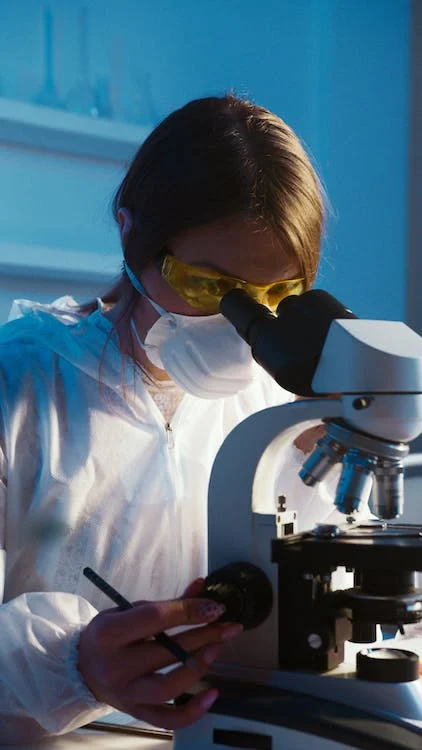Sydney is home to 65% of the entire New South Wales’ population, which means there are a little over 5,300,000 Sydneysiders living in the metropolitan area.
Despite being known as one of the most expensive places in the world to live in, Sydney is consistently in the top ten most livable cities globally. This may be attributed to its unique combination of advanced market economy and pristine natural resources. This harmonious dichotomy is hard to attain at a high level, but achieved nonetheless by the city, thanks to its strict environmental policies. Case in point, asbestos testing and removal in Sydney is one of the most accurate and reliable in the industry mainly due to the stringent requirements of the state capital.
What is asbestos?
To the younger generations, asbestos may seem like an alien word, harmless and inconspicuous-sounding even. But it used to be a widely used material in construction, automotive parts, and textiles. It was also extremely notorious for being harmful to the human body, a fact that was unfortunately recognised late, and only after many have been affected. As such, it was not until the 1970s that government agencies started strictly regulating its handling. To this day, there are still leftovers of the material that can be found in unlikely places.
Health risks from asbestos exposure
What exactly happens to someone who is exposed? Is it enough of a risk to warrant such a strict asbestos testing and removal in Sydney?
People who manage to inhale the fibres of asbestos run the risk of developing asbestosis, a chronic lung disease characterised by tissue scarring and shortness of breath. The asbestos fibres usually attach to the tiny sacs in the lungs called alveoli, where oxygen is replaced by carbon dioxide in the blood. The lung tissues get irritated and scarred, becoming stiffer and making it harder to breathe.
Severity may range from mild to critical, depending on the length of exposure and the vulnerability of the patient. But smokers show increased retention for asbestos fibres in their lungs, which makes the disease progress even faster. People who handle the material directly are also at risk, but second-hand exposure is also possible as asbestos fibres can get caught in the clothes and brought home by those who handle them. What makes asbestosis even more dangerous is that its symptoms usually do not manifest until years of prolonged exposure, by which time the illness may be harder to treat.
Another illness that can be caused by asbestos is mesothelioma. It is a type of cancer that affects the tissue linings of the lungs, chest, and abdomen. Unlike asbestosis, this disease has early symptoms such as fluid buildup in the lungs, pain around the ribcage, breathing difficulties, lumps in the belly, constipation, and weakness. But same with the previous type of cancer, the progression of mesothelioma is faster among those who smoke for the same reasons. It can also be developed from direct exposure or from living with someone who is consistently exposed.
So going back to the question of whether asbestos testing and removal in Sydney is relevant or important, the answer is clear and unambiguous. Given the severity of the health risks that it could cause, the harmful material must be detected and removed from the environment.

